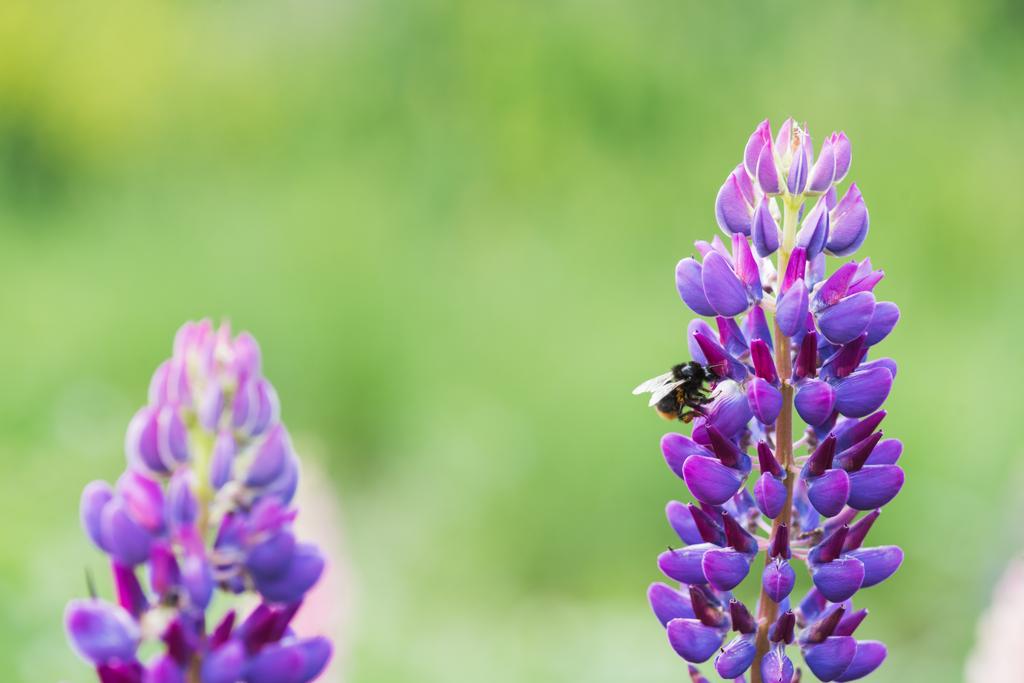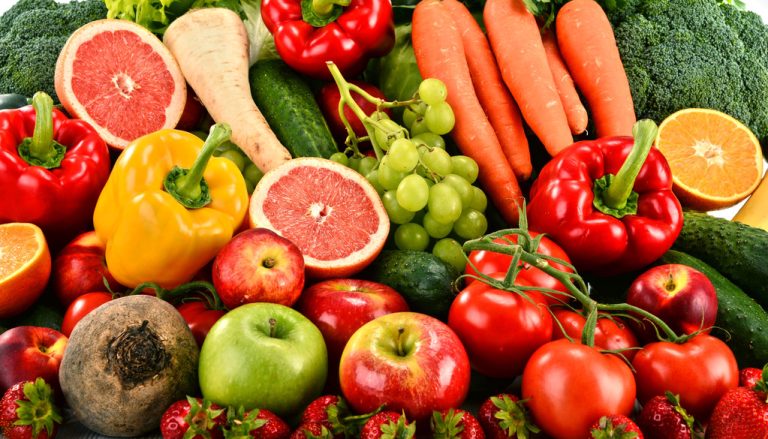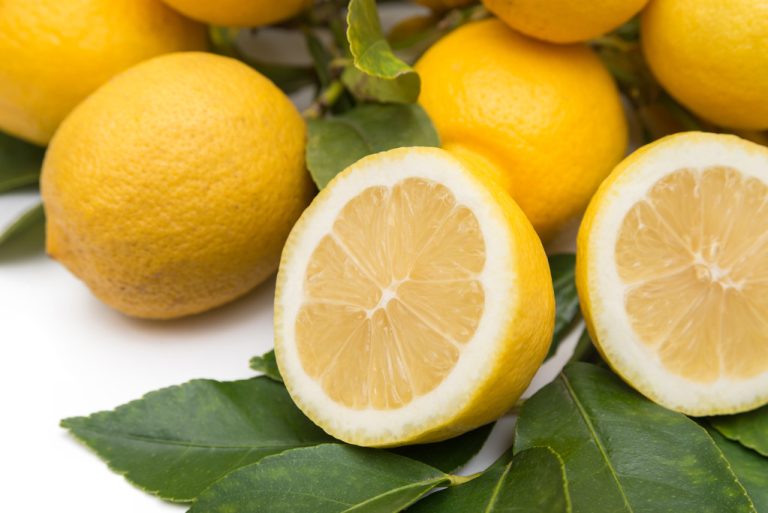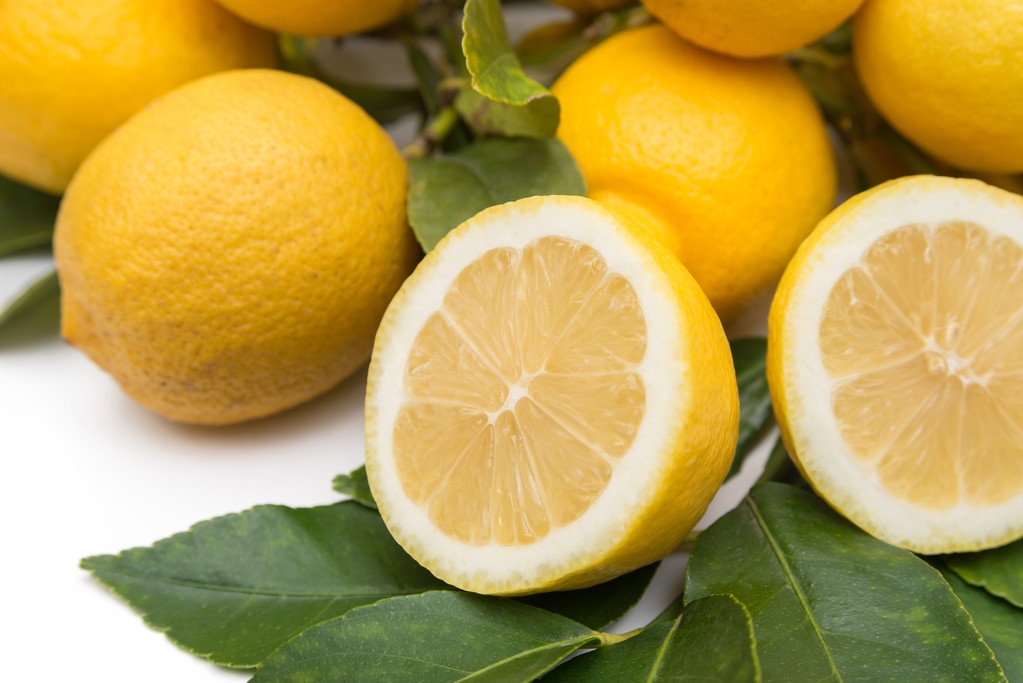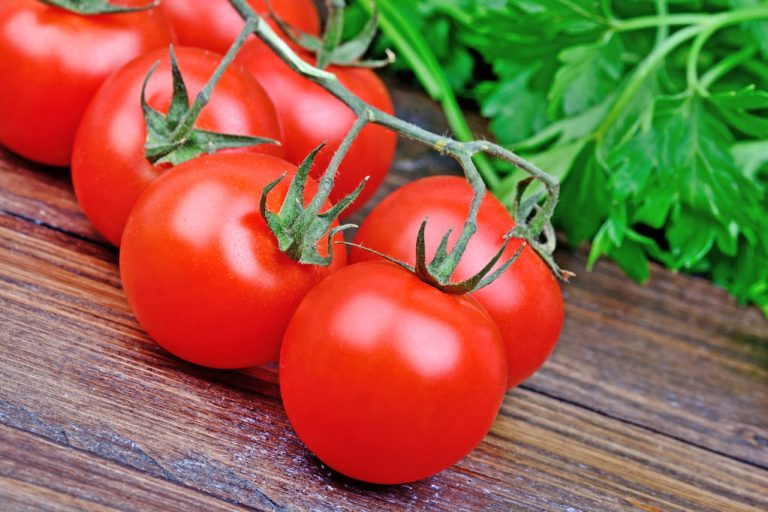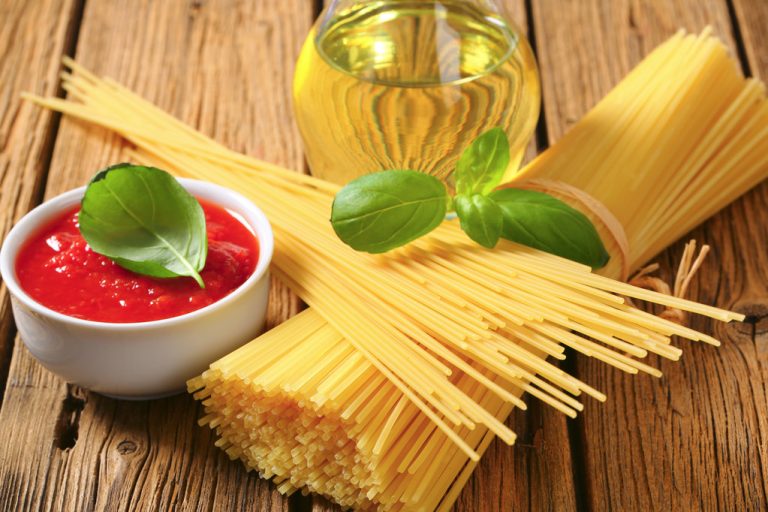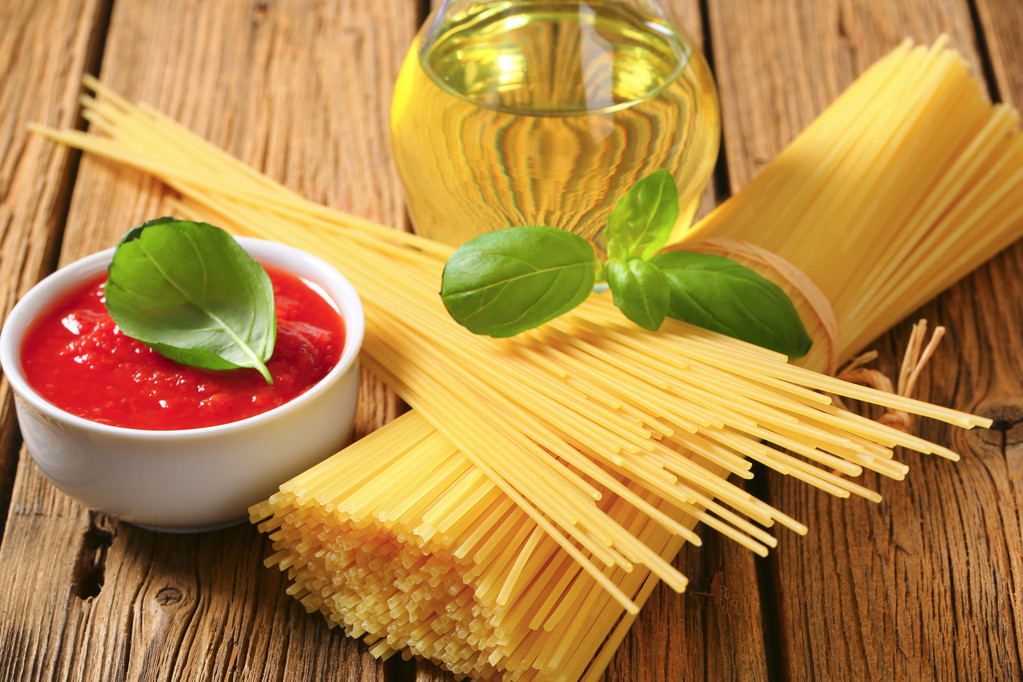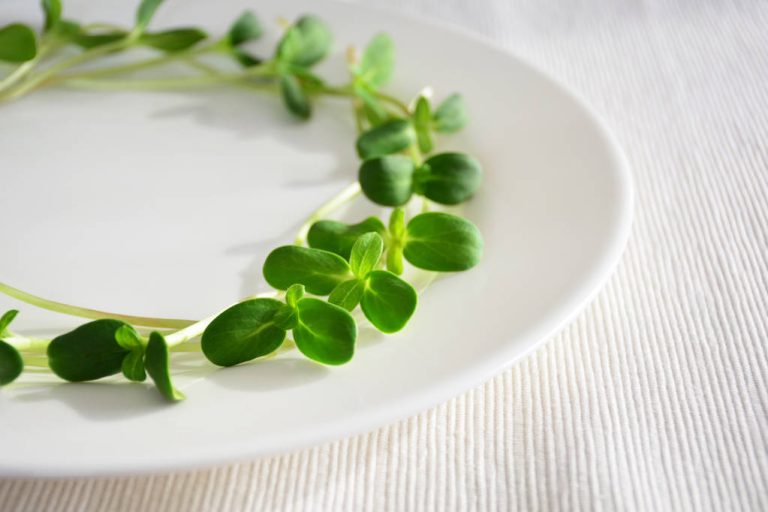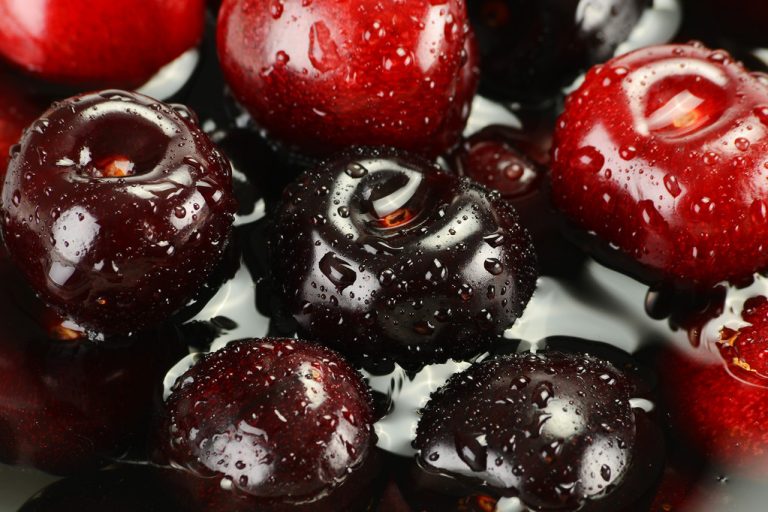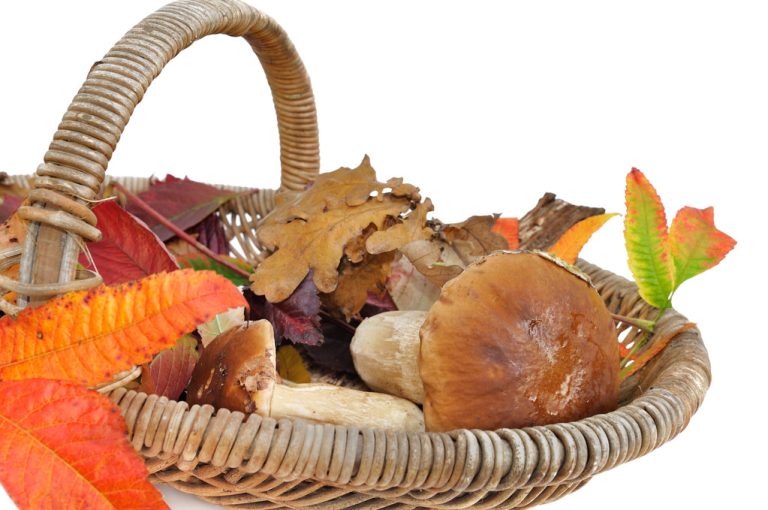Soak nuts before eating them? We have summarized for you what phytic acid is all about and in which cases soaking can make sense at all.
Soaking nuts before eating is said to increase their nutritional value and make them more digestible. Certain ingredients, including phytic acid, are said to be reduced as a result. Whether this actually makes sense for nuts is a matter of debate.
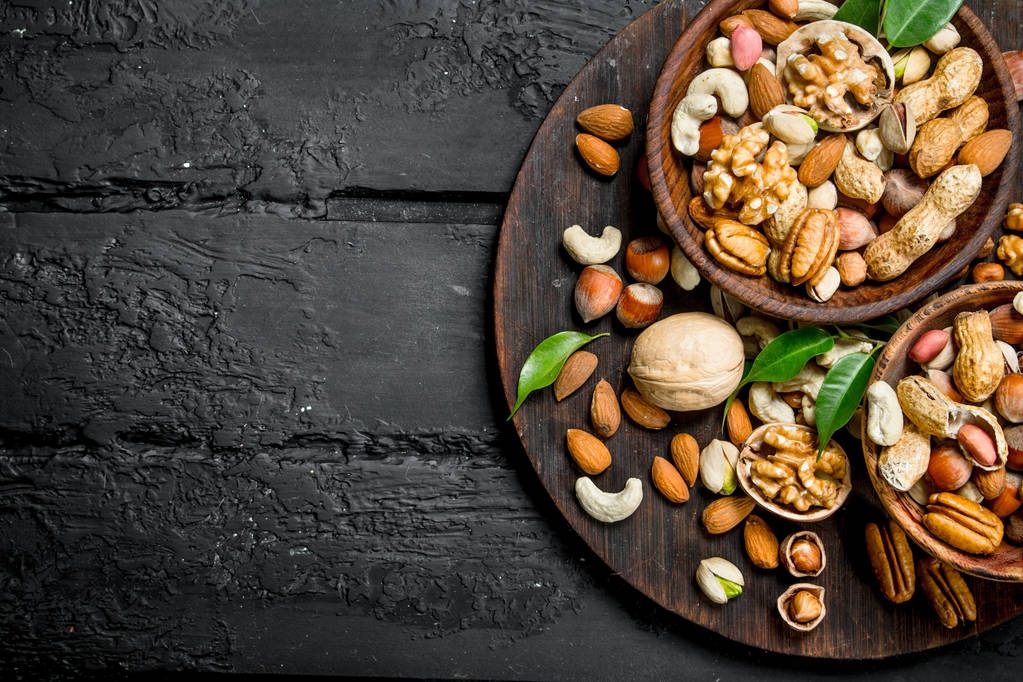
Soaking nuts: the theory behind it
Nuts are healthy – they contain valuable fatty acids, high-quality protein, some B vitamins, vitamin E as well as minerals and trace elements. In addition, they score with secondary plant substances such as phenolic acids or phytosterols, which bring additional health benefits.
But nuts also contain phytic acid. Nuts store phosphate with the help of this self-made substance. However, some judge this storage substance critically, because it binds minerals such as iron, zinc and magnesium. This prevents them from being absorbed into the body. A lot of the nutrients the nut has in its luggage remains unused due to its phytic acid content.
The problem with phytic acid is also known from legumes and whole grains. However, according to the UGB associations for independent health advice, there are solutions to be able to savor their nutrients: Soaking for several hours successfully reduces the phytic acid content in beans, wheat and co. In addition, fermentation processes can minimize the content of phytin. Soaking is also said to help nuts to activate enzymes. However, researchers disagree on whether nuts should be soaked to make them more digestible and to facilitate nutrient absorption.
Nuts are different than grains or legumes
Research from New Zealand has shown that nuts don’t give up their phytin as easily as thought. Only a minimal portion came loose from the test specimens after soaking for several hours. However, the mineral content also decreased at the same time. The conclusion of the investigation: Soaking nuts does not result in any significant advantages in terms of the absorption of minerals and trace elements.
Nuts differ in their composition from legumes and grains. While beans, lentils and the like are packed with a lot of protein, complex carbohydrates come first in cereals. In nuts, on the other hand, the fat content predominates. It is possible that these differences also prevent the release of phytin.
Lower phytic acid in nuts: Here’s how
If you just want to try soaking nuts, you should adapt the soaking time to the nut in question:
8 hours: hazelnuts, peanuts, pecans
6 hours: walnuts, brazil nuts, cashew nuts
4 hours: Macadamia
And this is how it works: Sprinkle about 2 teaspoons of salt over three cups of nuts, pour enough water over them to cover the top nuts by a centimeter and place in a cool place.
After soaking, the water is poured away. You can now use the nuts directly. They are softer than before soaking and also without any bitter note. If you want to store them, they need to be dried so they don’t get moldy. You can do this at low temperatures in the oven (max. 50 degrees Celsius) in a way that protects the nutritional value or in a dehydrator for a few hours from around 30 degrees – the latter solution is also more environmentally friendly.
Lowering phytic acid – useful or not?
While phytic acid and its salts, the phytates, were long decried as mineral robbers, the view has now changed. According to UGB, the phosphorus-rich storage substance is now even attributed positive health properties:
It is now considered certain that phytic acid helps to positively influence blood glucose levels.
At the same time, research is being carried out into whether phytic acid can be used in diabetics to lower cholesterol levels.
There is also evidence that phytic acid has a positive effect on the immune system and could prevent various types of cancer.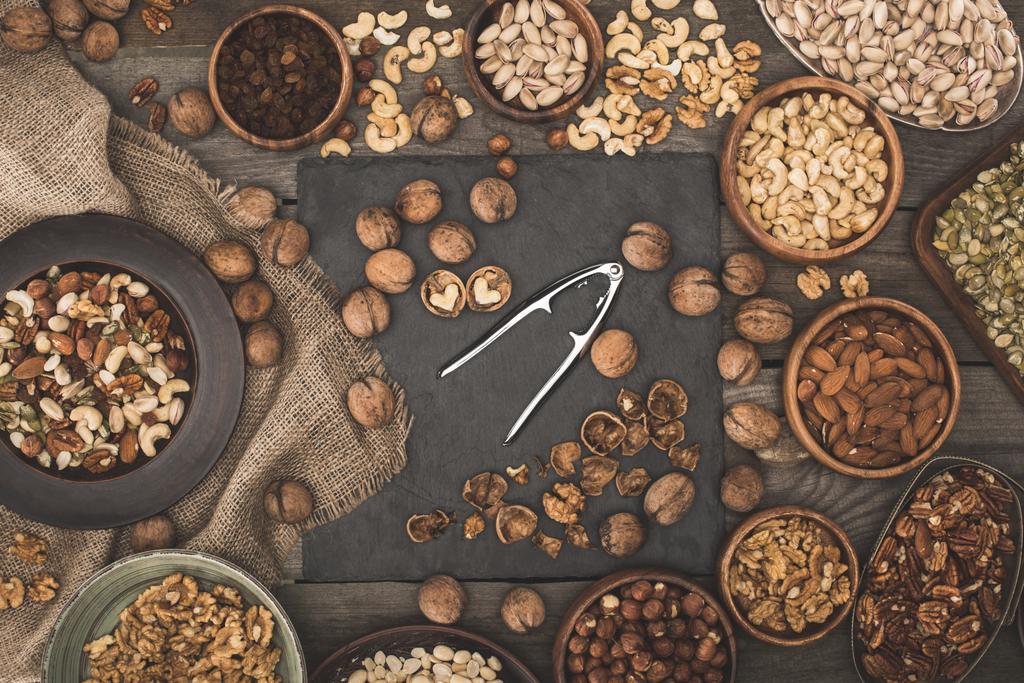
Conclusion: Soaking nuts only brings benefits in a few cases
The scientific evidence on soaking and soaking nuts and reducing phytic acid is sparse. Individual findings speak in favor of this, while others refute the effectiveness of this complex procedure.
Nutritionists see no disadvantage in consuming nuts in moderate amounts (a handful daily) in a mixed, varied diet without an additional soaking procedure – especially since the supply of phytic acid also promises health benefits.
At best, people who eat more foods rich in phytic acid – for example raw foodists or vegans – could benefit from “nut bathing”.




